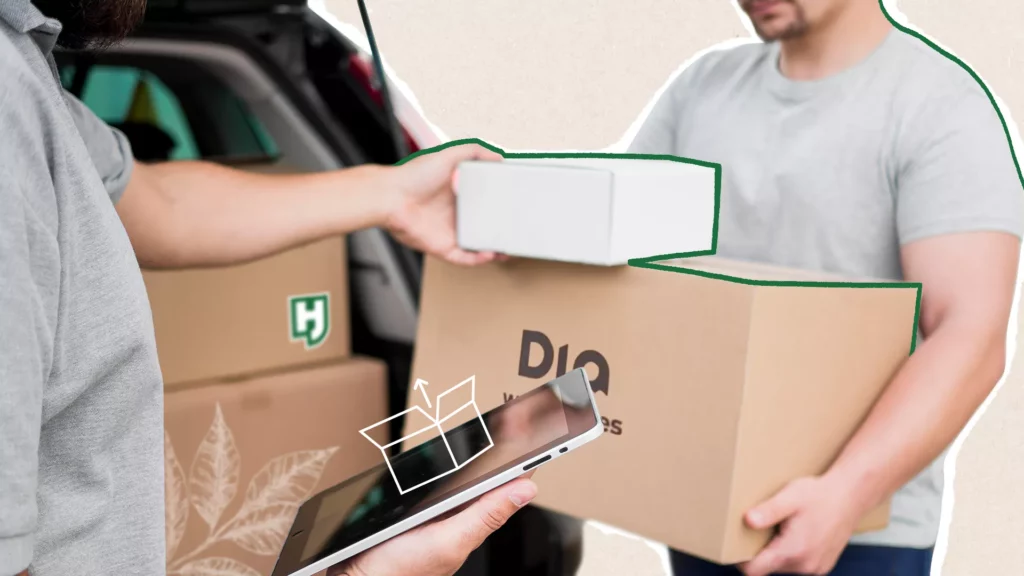If you saw Neo (The Matrix, 1999) choose between the blue pill and the red pill, you probably know that choosing between two colours is not always as easy as it seems. Although in our day-to-day lives we do not experience situations as extreme as those in the film, there are decisions that can make us feel like the protagonist of this iconic science fiction story. Among them, recycling.
The theory is clear: plastic containers, cartons and cans, in the yellow bin; glass, in the green bin; organic, in the brown bin; non-compostable waste, in the grey bin; and paper and cardboard, in the blue bin. But what about in practice? The reality is that doubts often arise, and this is normal. For this reason, at Hinojosa Packaging Group, we want to give you some tips to always recycle correctly, without exception!
The yellow container
In the yellow bin we can place plastic containers, cartons and cans. But beware! This does not mean that all types of plastic can be disposed of here. Products such as toys, bottles, dummies, plastic buckets or kitchen utensils should be disposed of in the waste bin.
And what about plastic bags? A few years ago it was clear that they should go in the yellow bin, but this has long since changed.
In 2018, with the entry into force of the regulations requiring a fee for plastic bags, their use was reduced and, in their place, compostable and biodegradable bags gained momentum. Although at first glance they may appear to be the same, they are not. The latter are organic and should therefore go in the brown bin.
The green container
All glass objects should be placed here: wine bottles, perfume bottles, jars of jam or preserves, etc.
However, it should be noted that glass and crystal are not the same thing. While glass can be recycled indefinitely, crystal cannot. For this reason, if you want to dispose of an object made from this material (for example, light bulbs) you must take it to a recycling centre.
The brown and grey container, what is the difference?
The brown bin hasn’t been on our streets for long, but it’s here to stay and the best thing about it? It is very easy to differentiate what waste we can throw away in this one. In short: everything organic.
Important! Soiled napkins or kitchen paper should also be disposed of in this container.
On the other hand, the grey container is reserved for non-biodegradable waste. For example: cigarette butts, sanitary towels, nappies, pet litter, toys, ceramics, dust, etc.
The blue container, our favourite
From cereal packaging to e-commerce packaging. And yes, disposable coffee cups too. All paper and cardboard waste starts on this journey to be reused and enjoy a second life with all its qualities intact.
For us, this process is fundamental. In our plants, waste is converted into resources.
Circularity is a part of Hinojosa
As #CircularNatives, we are proud to say that more than 88.14% of our raw materials are of recycled origin. We imitate nature’s infinite cycle to maximise resource efficiency by producing solutions in a responsible and environmentally friendly way.
In fact, more than 95% of the waste generated is destined for recovery operations.
Part of this waste is used to make sustainable packaging, which, once it has fulfilled its function, is placed in the blue container and returned to our plants.
Aware of the planet’s limits and the importance of reusing the materials we have available, we work with a focus on efficiency and respect for the environment. All of this, from a perspective of continuous improvement that drives us to continue advancing on the path to sustainability.
Will you join us in recycling?
To borrow the famous quote from the classic The Matrix… We can only show you the door, it’s up to you to walk through it.



